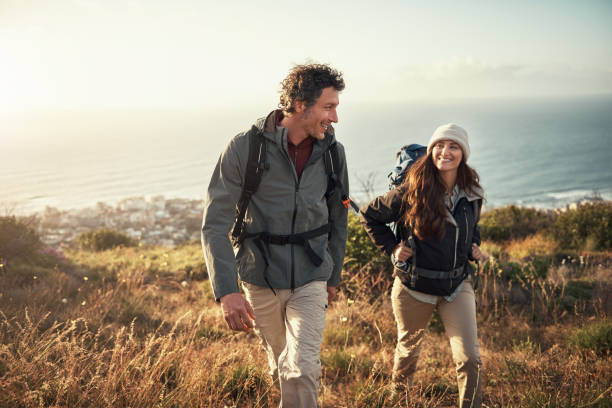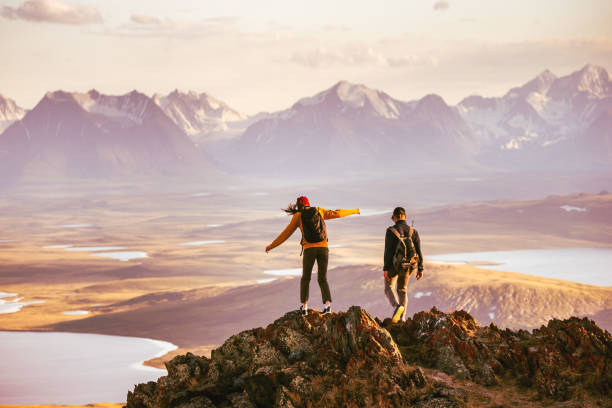How to Pack Light but Smart for a Backpacking Adventure
Packing light for a backpacking adventure doesn’t mean sacrificing comfort or safety—it means being strategic about what you bring so that every item earns its place in your pack. The goal is to travel efficiently while still being prepared for anything the trail might throw your way. It starts with choosing the right backpack. Go for one that fits well, has an internal frame for support, and offers enough volume for your trip length, typically between 40 to 60 liters for multi-day hikes.
Next comes the layering system. Stick to moisture-wicking and quick-drying fabrics for your base layers, an insulating mid-layer like fleece or a down jacket, and a lightweight waterproof outer shell. Limiting your wardrobe to just a couple of mix-and-match outfits will save space and weight while still keeping you warm and dry. Avoid packing “just in case” extras—you’ll likely never need them, and they add unnecessary bulk.
For sleeping gear, prioritize lightweight and compact options. A three-season sleeping bag and an inflatable sleeping pad offer the warmth and comfort you need without taking up too much space. Consider a lightweight tent or even a bivy sack if you’re going ultra-minimalist. Sharing gear like tents and stoves with a travel buddy can also reduce your load significantly.
Your food choices should be energy-dense and simple to prepare. Opt for dehydrated meals, instant oatmeal, trail mix, and energy bars. Use resealable bags to organize meals by day, which also helps you track what you’re eating. A small, efficient stove with a single pot can handle all your cooking needs—leave the elaborate cookware behind.
Water is heavy, so don’t carry more than you need between refill points. Instead, bring a compact water filter or purification tablets. Refill your bottles or hydration bladder as you go, using natural sources like streams and lakes when safe.
When it comes to toiletries and personal items, think travel-sized and multipurpose. A small tube of biodegradable soap can clean both you and your dishes. Skip unnecessary cosmetics and extras—essentials like a toothbrush, toothpaste, sunscreen, lip balm, and a small first-aid kit will cover the basics.
Electronics should be kept to a minimum. A smartphone with offline maps, a headlamp, and a small power bank are usually enough. Leave bulky gadgets and unnecessary chargers at home. The idea is to stay connected only when necessary and to let nature be your entertainment.
Pack smart by placing heavier items close to your back and near the center of your pack for better balance. Keep essentials like snacks, maps, and rain gear within easy reach, either in side pockets or the brain of the backpack.




